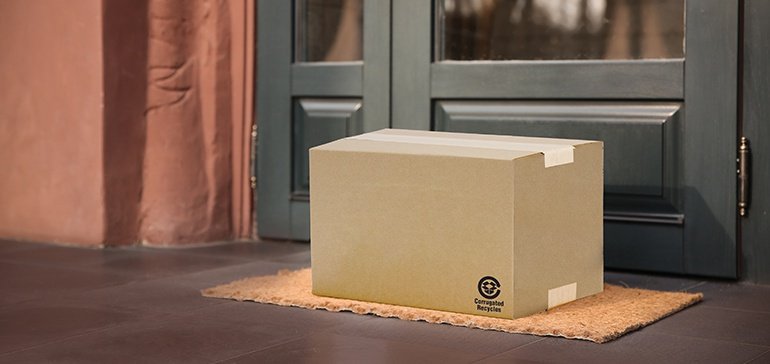Making the world go ’round: Circularity in supply chains

Never before have the complexities and the crucial role of supply chains been so clear to the public. Issues related to supply and demand of certain products have highlighted the need for greater visibility into inventories and movement through distribution. But that is not the only issue on people’s minds.
We have seen an extraordinary acceleration of major shifts in the way people want to shop, and even what they want to buy:
- People have learned to expect options like contactless transactions, home delivery, online shopping, click-and-collect, and other new ways to get what they need.
- Retailers have had to figure out how to meet customers where they are, even as the ground shifts beneath their feet.
- Public interest in sustainability has increased, along with a growing focus on healthy lifestyles and social responsibility.
It all adds up to a day of reckoning for CPG companies, working hard to improve supply chain performance so they can deliver the right products, to the right destinations, at the right price and at the right time. Online shopping has shifted distribution channels. Product shortages have frustrated consumers. Delivery has become a hot button. While shoppers need more convenient delivery options, they’re also becoming more aware of the impacts of their choices – from the food they eat, to the way it is produced, to the packaging it’s delivered in. Sustainability is a growing concern. In fact, new research shows that 49% of consumers are now considering sustainability when buying food and drink.1
Everyone knows by now that plastics are jeopardizing the planet, especially oceans and marine life. There is heavy pressure on the plastics industry to develop new solutions and more recyclable options that could mitigate and slow down the damage. The current recovery rate for plastics is dismal at 9%2 and falling.
Meanwhile, paper-based packaging has always been a sustainable choice – safe for wildlife, degradable in the elements, nontoxic, and recyclable. Over 90% of corrugated boxes are recycled. The average box is recycled 7 times and contains over 50% recycled material. Corrugated packaging supports a “circular economy” by minimizing raw material usage and energy consumption, plus robust recycling and reuse, including incorporation of recycled materials into new products.
For decades, grocers and other retailers have played a major role in making sure that the corrugated boxes coming into their locations, carrying the products they sell, get recycled. They’ve been equipped to bale and compact the boxes for pickup by recycling contractors who pay them for the recovered material.
The infrastructure for corrugated recovery and recycling is very well established in commercial supply chains, but now that more boxes go directly to consumers’ households and less to retail establishments, municipal recycling programs are becoming a more important source of recovered fiber. That means those curbside and drop-off recycling programs are playing an even more vital role than ever, and consumer participation is crucial.
CPG companies and retailers can do their part by providing products in recyclable corrugated boxes, and by purchasing boxes that are right-sized for optimal material use. Equally important, make sure that the boxes are marked with the Corrugated Recycles emblem and go the extra mile to encourage consumers to place the empty boxes into their recycling bins.
To find out how the corrugated industry can help support your sustainability efforts, including programs to help you inform your consumers, contact the Fibre Box Association.
And remember:
Corrugated Recycles.
Source: fooddive.com

